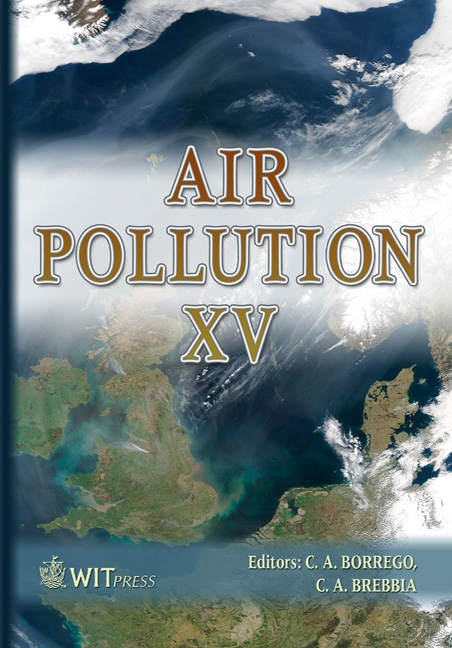PM And NO2 At Urban Sites With Different Traffic Exposure: Curb Site Measurements In Flemish Cities
Price
Free (open access)
Transaction
Volume
101
Pages
10
Published
2007
Size
405 kb
Paper DOI
10.2495/AIR070461
Copyright
WIT Press
Author(s)
M. Van Poppel, E. De Dekker, L. Int Panis, N. Bleux, M. Spruyt & P. Berghmans
Abstract
Road transport is known as one of the main sources of urban air pollution, especially PM and NOx. The knowledge that PM may induce adverse health effects is an incentive for progressive cities to evaluate local air quality and to consider what action should be taken. Existing air quality measurement networks measure air pollution at different sites and give an ‘average value’ for the surrounding area. However, most of these measurement stations are not located at hot spot locations, e.g. close to busy roads. The aim of this study is to assess the air quality at urban (curb site) locations. PM10 daily average values were measured during 3-4 weeks at six locations representing different ‘typical’ traffic locations: e.g. ring road, access road, parking route, local traffic. NO2 was measured at all locations. At the background location lowest concentrations were measured for all parameters. Differences in PM10 and NO2 were observed between the different locations. It seems that NO2 is more sensitive to traffic exposure than PM10. This is due to the higher background and background variation of PM10. The highest NO and NO2 values were measured at the bus location,. Highest concentrations of PM10 and black carbon are measured at the ring location. However some trends could not be explained. Keywords: PM, NO2, urban, traffic, black carbon.
Keywords
PM, NO2, urban, traffic, black carbon.





